


Books in series

Ergodic Theory
1983

Stone Spaces
1982

Introduction to the Construction of Class Fields
1985

Introduction to Higher-Order Categorical Logic
1986

Commutative Ring Theory
1986

Characteristic Classes and the Cohomology of Finite Groups
2008

Finite Group Theory
1986

Local Representation Theory
Modular Representations as an Introduction to the Local Representation Theory of Finite Groups
1986

An Introduction to the Theory of the Riemann Zeta-Function
1995

Algebraic Homotopy
1989

An Introduction to Harmonic Analysis on Semisimple Lie Groups
1989

Groups Acting on Graphs
1989

Cellular Structures in Topology
1990

Representations and Characters of Finite Groups
1990

Stochastic Flows and Stochastic Differential Equations
1990

Banach Spaces for Analysts
1991

Clifford Algebras and Dirac Operators in Harmonic Analysis
1991
Algebraic Number Theory
1993

Topics in Metric Fixed Point Theory
1990

Reflection Groups and Coxeter Groups
1990

Cohomological Methods in Transformation Groups
1993

Lectures on Arakelov Geometry
1992

A Primer of Nonlinear Analysis
1993

Representation Theory of Artin Algebras
1995

Wavelets and Operators
1993

An Introduction to Homological Algebra
1994

Cohen-Macaulay Rings
1993

Explicit Brauer Induction
With Applications to Algebra and Number Theory
1994

Cohomology of Drinfeld Modular Varieties, Part 1, Geometry, Counting of Points and Local Harmonic Analysis
1995

Spectral Theory and Differential Operators
1995

Absolutely Summing Operators
1995

Geometry of Sets and Measures in Euclidean Spaces
Fractals and Rectifiability
1995

Positive Harmonic Functions and Diffusion (Cambridge Studies in Advanced Mathematics) by Ross G. Pinsky
1995

Introduction to Analytic and Probabilistic Number Theory
1995

An Algebraic Introduction to Complex Projective Geometry
Commutative Algebra
1996

Wavelets
Calderón-Zygmund and Multilinear Operators
1997

Cambridge Studies in Advanced Mathematics, Volume 49
Enumerative Combinatorics, Volume 1
1986

Clifford Algebras and the Classical Groups
1995

Spinning Tops
A Course on Integrable Systems
1996

Geometric Control Theory
1996

Groups as Galois Groups
An Introduction
1996

Automorphic Forms and Representations
1997

Cohomology of Drinfeld Modular Varieties
1997

Natural Dualities for the Working Algebraist
1998

A User's Guide to Spectral Sequences
2000

Practical Foundations of Mathematics
1999

Local Cohomology
An Algebraic Introduction with Geometric Applications
1998
Analytic Pro-P Groups (Cambridge Studies in Advanced Mathematics) by J. D. Dixon (18-Sep-2003) Paperback
1991

Cambridge Studies in Advanced Mathematics, Volume 62
Enumerative Combinatorics, Volume 2
1999

Uniform Central Limit Theorems
1999

Calculus of Variations
1999

An Introduction to Rings and Modules
With K-Theory in View
2000

Holomorphic Dynamics
2000

Categories and Modules with K-Theory in View
2000

Lévy Processes and Infinitely Divisible Distributions
1999

Modular Forms and Galois Cohomology
2000

Fourier Analysis and Partial Differential Equations
2001

Analysis in Integer and Fractional Dimensions
2001

Galois Theories
2001

Random Graphs
1985

Real Analysis and Probability
1989

Complex Polynomials
2002

Completely Bounded Maps and Operator Algebras
2003

Association Schemes
Designed Experiments, Algebra and Combinatorics
2003

Period Mappings and Period Domains
2003

Multidimensional Real Analysis I
Differentiation
2004
Tolerance Graphs
2004

Global Methods for Combinatorial Isoperimetric Problems
2004

Introduction to Foliations and Lie Groupoids
2003

An Introduction to Nonlinear Analysis
2005

Lie Algebras of Finite and Affine Type
2005

Multiplicative Number Theory I
Classical Theory
2006

Riemannian Geometry
A Modern Introduction
1994

Automorphic Forms and L-Functions for the Group GL(n,R)
2002

Markov Processes, Gaussian Processes, and Local Times
2006
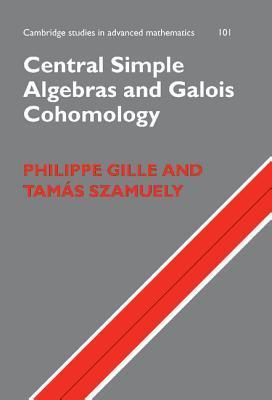
Central Simple Algebras and Galois Cohomology
2006

Langlands Correspondence for Loop Groups
2007

Nonlinear Analysis and Semilinear Elliptic Problems
2007

Additive Combinatorics
2006

Linear Operators and their Spectra
2007

Complex Analysis
2007

An Introduction to Contact Topology
2007

Analysis on Lie Groups
An Introduction
2008

Complex Topological K-Theory
2008

Partial Differential Equations for Probabilists
2008

An Introduction to Lie Groups and Lie Algebras
2008

Mathematical Tools for One-Dimensional Dynamics
2008
Levy Processes and Stochastic Calculus
2004
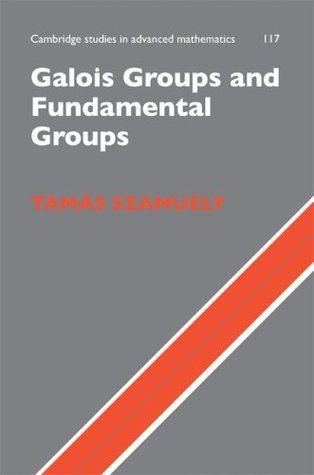
Galois Groups and Fundamental Groups
2009

An Introduction to Random Matrices
2009
Locally Convex Spaces Over Non-Archimedean Valued Fields
2006

Multidimensional Stochastic Processes as Rough Paths
Theory and Applications
2010

Representation Theory of the Symmetric Groups
The Okounkov-Vershik Approach, Character Formulas, and Partition Algebras
2010

An Outline of Ergodic Theory
2010

Random Walk
A Modern Introduction
2010

Representations of Groups
A Computational Approach
2010

p-adic Differential Equations (Cambridge Studies in Advanced Mathematics, Vol. 125)
2010

Special Functions
A Graduate Text
2010

Mathematical Aspects of Quantum Field Theory
2010

Zeta Functions of Graphs
A Stroll through the Garden
2010

The Theory of Fusion Systems
An Algebraic Approach
2011

Geometric Analysis
2012
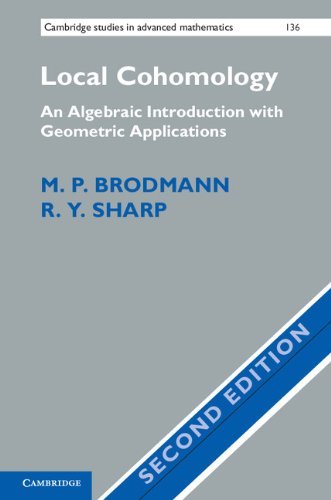
Local Cohomology
An Algebraic Introduction with Geometric Applications
2012

Spectral Theory and its Applications
2012

Analytic Combinatorics in Several Variables
2013

Quasiconformal Surgery in Holomorphic Dynamics
2013
Uniform Central Limit Theorems
2014

Basic Category Theory
2014

Cox Rings
2014

Lectures on Lyapunov Exponents
2014
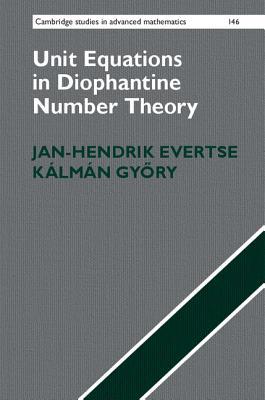
Unit Equations in Diophantine Number Theory
2015

Representation Theory
A Combinatorial Viewpoint
2014
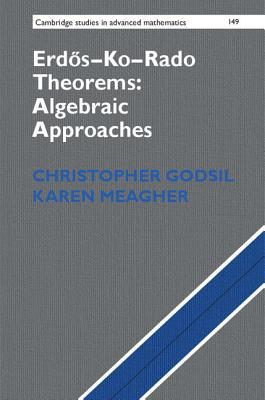
Erdõs–Ko–Rado Theorems
Algebraic Approaches
2015

Fourier Analysis and Hausdorff Dimension
2015
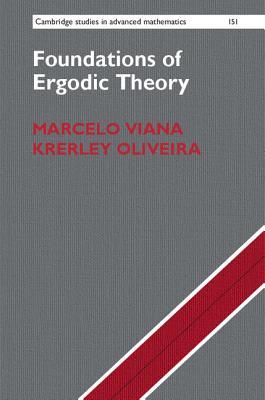
Foundations of Ergodic Theory
2015
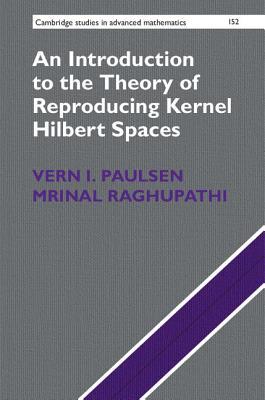
An Introduction to the Theory of Reproducing Kernel Hilbert Spaces
2016

Special Functions and Orthogonal Polynomials
2016

Optimal Control and Geometry
Integrable Systems
2016
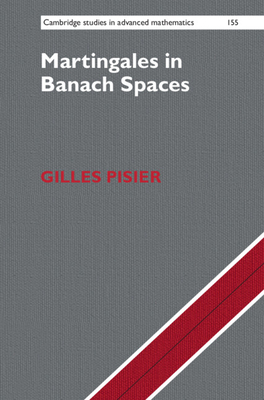
Martingales in Banach Spaces
2016
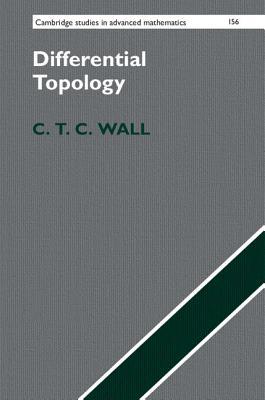
Differential Topology
2016
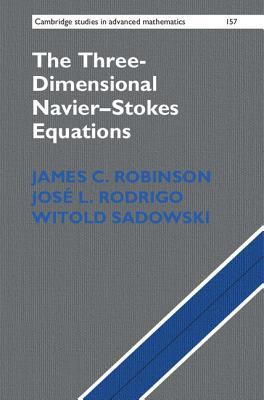
The Three-Dimensional Navier–Stokes Equations
Classical Theory
2016
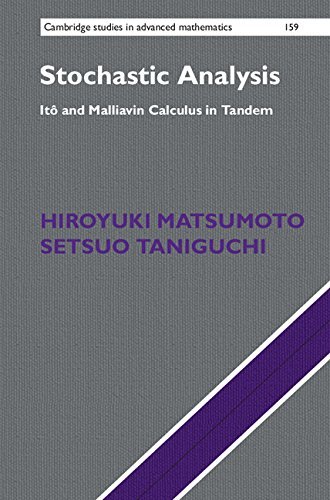
Stochastic Analysis
Itô and Malliavin Calculus in Tandem
2016

A Course in Finite Group Representation Theory
2016
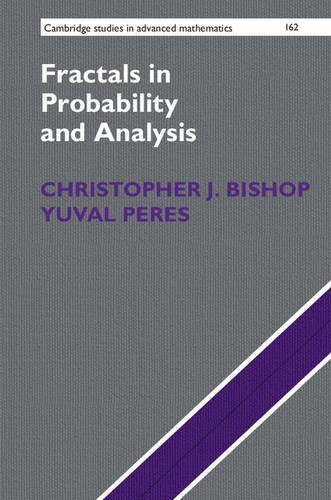
Fractals in Probability and Analysis
2016

Gaussian Processes on Trees
From Spin Glasses to Branching Brownian Motion
2016
Galois Representations and (Phi, Gamma)-Modules
2017

Geometry and Complexity Theory
2017
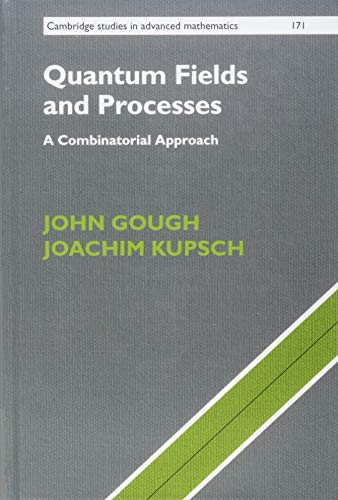
Quantum Fields and Processes
A Combinatorial Approach
2018
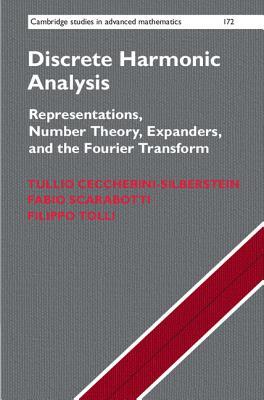
Discrete Harmonic Analysis
Representations, Number Theory, Expanders, and the Fourier Transform
2018
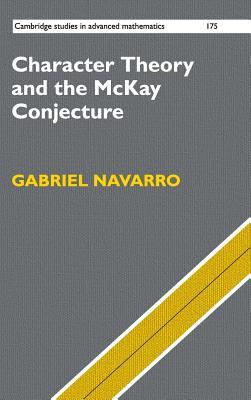
Character Theory and the McKay Conjecture
2018
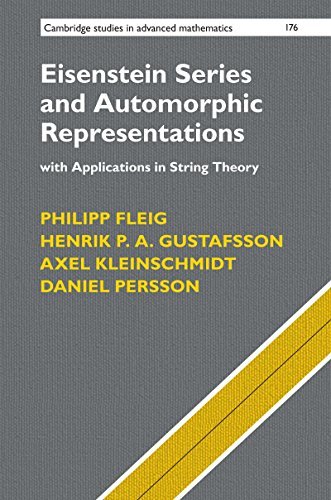
Eisenstein Series and Automorphic Representations
With Applications in String Theory
2018
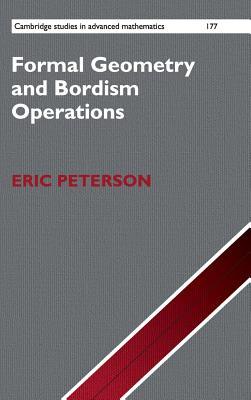
Formal Geometry and Bordism Operations
2018
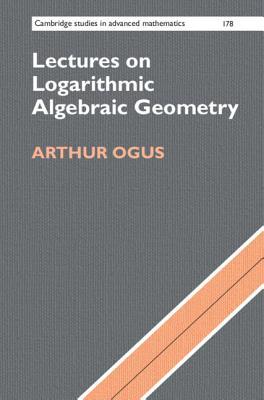
Lectures on Logarithmic Algebraic Geometry
2018
Hardy Spaces
2019
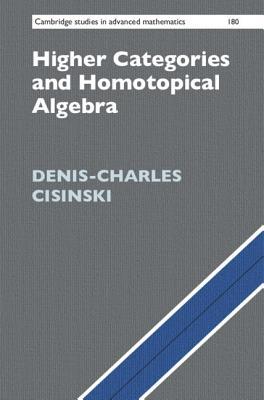
Higher Categories and Homotopical Algebra
2019

A Comprehensive Introduction to Sub-Riemannian Geometry
2019
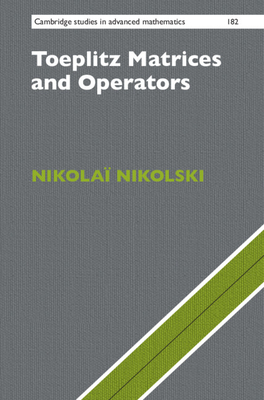
Toeplitz Matrices and Operators
2019

Fourier Restriction, Decoupling, and Applications
2019
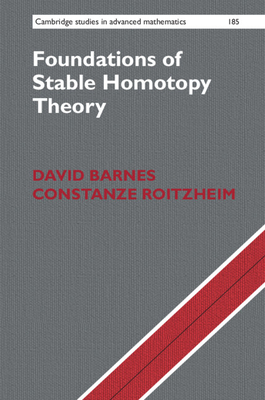
Foundations of Stable Homotopy Theory
2020
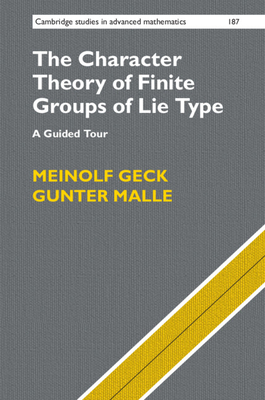
The Character Theory of Finite Groups of Lie Type
A Guided Tour
2020
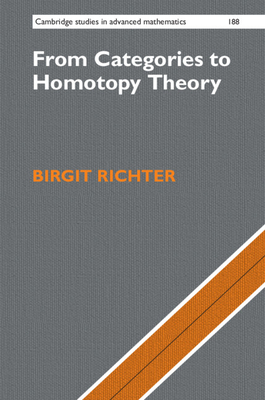
From Categories to Homotopy Theory
2020
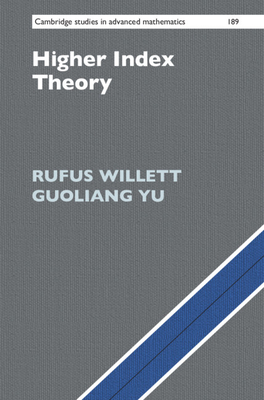
Higher Index Theory
2020
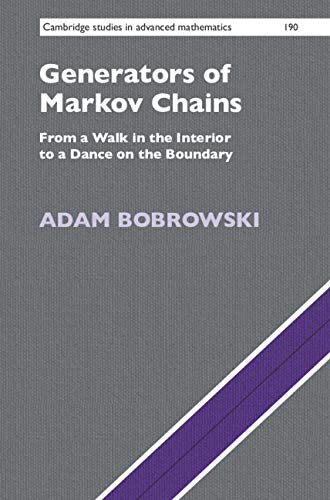
Generators of Markov Chains
From a Walk in the Interior to a Dance on the Boundary
2020
Authors

Charles Terence Clegg ("Terry") Wall C.T.C. Wall mathematician

E. Brian Davies was awarded a first class degree in Mathematics at the University of Oxford in 1965 and a D Phil., also at Oxford, in 1968, when he was also awarded the Senior Mathematical Prize. After two years in the USA, at Princeton and MIT, he took up a permanent position as a Tutorial Fellow at St John’s College, Oxford. From 1973 he was a University Lecturer at the University of Oxford. In 1981 Davies was appointed as Professor of Mathematics at King's College, London, where he remained until his official retirement in 2010. He was Head of Department between 1990 and 1993. He was the founding Editor of the London Mathematical Society Student Texts between 1983 and 1990, and the founding Editor of the Journal of Spectral Theory, published by the European Mathematical Society, from 2010. In March 1995 Davies was elected a Fellow of the Royal Society, in recognition of his seminal work in spectral theory and particularly on the heat kernels of diffusion equations, of great relevance in quantum theory and other fields. In June 1996 he was elected a Fellow of King's College, London. In June 1998 he was awarded the Senior Berwick Prize by the London Mathematical Society. He was President of the London Mathematical Society in 2008 and 2009. As well as over two hundred research papers, Davies has published five monographs and two popular books on the philosophy of mathematics and science.

Marcelo Viana é um matemática luso-brasileiro conhecido pelo seu trabalho na teoria dos sistemas dinâmicos. Marcelo Viana nasce no Rio de Janeiro a 4 de Março de 1962, filho de imigrantes portugueses. Passa a infância e juventude em Portugal, onde nascem seus dois irmãos e onde gradua-se em Matemática pela Universidade do Porto. Pela classificação final alcançada recebe o prémio "Ciências Exactas", outorgado pela Fundação Eng. António José de Almeida, além de outros prémios académicos. É então que regressa ao Brasil para realizar o doutoramento no IMPA (Instituto Nacional de Matemática Pura e Aplicada) sob a orientação de Jacob Palis Jr., vindo a defender a sua tese "Atratores estranhos em variedades de dimensão arbitrária", em 1990. De então para cá vem desenvolvendo a sua carreira no IMPA, onde é actualmente Pesquisador Titular. Em 1993 é-lhe atribuída uma Guggenheim Fellowship, pela prestigiada Guggenheim Foundation de Nova Iorque, através da qual faz um estágio de pós-doutoramento na Universidade da Califórnia em Los Angeles (UCLA) e na Universidade de Princeton. Vem prosseguindo diversas linhas de pesquisa em Sistema Dinâmicos, especialmente: teoria matemática de sistemas caóticos; atractores estranhos e suas propriedades geométricas, dinâmicas, estatísticas; teoria das bifurcações, fenómenos homoclínicos, dimensões fractais. Tem cerca de vinte artigos originais de pesquisa publicados em revistas internacionais (incluindo Acta Mathematica, Annals of Mathematics, Inventiones Mathematicae, Publications Mathématiques de l'IHES) e uma dezena mais submetida para publicação ou em preparação. Mantém colaborações com pesquisadores em diversos centros internacionais, que visita com regularidade (KTH de Estocolmo, Universidade de Dijon, ETH de Zurique, Universidade de Paris-Sul). Participa nas principais reuniões científicas na sua área, totalizando cerca de trinta comunicações a congressos realizados em diversos países (incluindo Estados Unidos, Rússia, Japão, Alemanha, França, Holanda). Em 1994 foi distinguido com convites para falar perante o International Congress of Mathematicians e o International Congress of Mathematical Physics, as principais reuniões científicas em Matemática e em Matemática-Física. Essa distinção foi reiterada quatro anos depois com o convite para proferir uma Palestra Plenária no International Congress of Mathematicians de 1998. Tem uma já extensa experiência de ensino no nível de graduação, na Universidade do Porto, e de pós-graduação, no IMPA, onde lecciona regularmente cursos de doutoramento, mestrado ou iniciação científica. O seu primeiro estudante de doutorado defendeu a tese em 1997. Actualmente orienta as teses de outros oito alunos do IMPA. Em 1995 foi eleito membro do Conselho Diretor da Sociedade Brasileira de Matemática. No IMPA é Coordenador do Departamento de Atividades Científicas. Em 2015, tornou-se director do IMPA. É membro do Corpo Editorial das revistas Nonlinearity, Dynamics and Stability of Systems e Ergodic Theory and Dynamical Systems. É, moderadamente, botafoguense e frequentador esporádico da praia do Leblon. Gosta de ler e de escutar música, tendo gostos muito variados (com preferência por Bach e Pink Floyd).

Michèle Audin is a French mathematician, and a professor at l'Institut de recherche mathématique avancée (IRMA) in Strasbourg, where she does research notably in the area of symplectic geometry. Born in 1954, she is a former student of l'École normale supérieure de jeunes filles within the École normale supérieure Sèvres. She became a member of l'Oulipo in 2009. She is the daughter of mathematician Maurice Audin, who died under torture in 1957 in Algeria, after having been arrested by parachutists of General Jacques Massu. On January 1, 2009, she refused to receive the Legion of Honour, on the grounds that the President of France, Nicolas Sarkozy, had refused to respond to a letter written by her mother regarding the disappearance of her father. (from Wikipedia)

Edward Frenkel (Russian: Эдвард Френкель, Edvard Frenkel'; born May 2, 1968) is a mathematician working in representation theory, algebraic geometry, and mathematical physics. He is a professor of mathematics at University of California, Berkeley. Frenkel grew up in Kolomna, Russia to a family of Russian Jews. As a high school student he studied higher mathematics privately with Evgeny Evgenievich Petrov, although his initial interest was in quantum physics rather than mathematics.[1] He was not admitted to Moscow State University because of discrimination against Jews and enrolled instead in the applied mathematics program at the Gubkin University of Oil and Gas. While a student there, he attended the seminar of Israel Gelfand and worked with Boris Feigin and Dmitry Fuchs. After receiving his college degree in 1989, he was first invited to Harvard University as a visiting professor, and a year later he enrolled as a graduate student at Harvard. He received his Ph.D. at Harvard University in 1991, after one year of study, under the direction of Joseph Bernstein. He was a Junior Fellow at the Harvard Society of Fellows from 1991 to 1994, and served as an associate professor at Harvard from 1994 to 1997. He has been a professor of mathematics at University of California, Berkeley since 1997. Jointly with Boris Feigin, Frenkel constructed the free field realizations of affine Kac–Moody algebras (these are also known as Wakimoto modules), defined the quantum Drinfeld-Sokolov reduction, and described the center of the universal enveloping algebra of an affine Kac–Moody algebra. The last result, often referred to as Feigin–Frenkel isomorphism, has been used by Alexander Beilinson and Vladimir Drinfeld in their work on the geometric Langlands correspondence. Together with Nicolai Reshetikhin, Frenkel introduced deformations of W-algebras and q-characters of representations of quantum affine algebras. Frenkel's recent work has focused on the Langlands program and its connections to representation theory, integrable systems, geometry, and physics. Together with Dennis Gaitsgory and Kari Vilonen, he has proved the geometric Langlands conjecture for GL(n). His joint work with Robert Langlands and Ngô Bảo Châu suggested a new approach to the functoriality of automorphic representations and trace formulas. He has also been investigating (in particular, in a joint work with Edward Witten) connections between the geometric Langlands correspondence and dualities in quantum field theory. Frenkel has co-produced, co-directed (with Reine Graves) and played the lead in a short film "Rites of Love and Math", a homage to the film "Rite of Love and Death" (also known as "Yûkoku") by the Japanese writer Yukio Mishima. The film premiered in Paris in April, 2010 and was in the official competition of the Sitges International Film Festival in October, 2010. The screening of "Rites of Love and Math" in Berkeley on December 1, 2010 caused some controversy. Frenkel's book Love and Math The Heart of Hidden Reality was published in October 2013.

Librarian Note: There is more than one author in the Goodreads database with this name. Peter Webb is a lecturer in Canadian literature at McGill University. He has published journal and book articles on Sara Jeannette Duncan, Timothy Findley, and Tom Thomson, and is writing a book-length study of war fiction entitled Shattered Lines: War in the Canadian Novel. He is a co-applicant member of the Editing Modernism in Canada (EMiC) research group.


